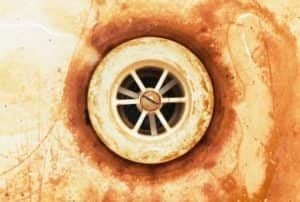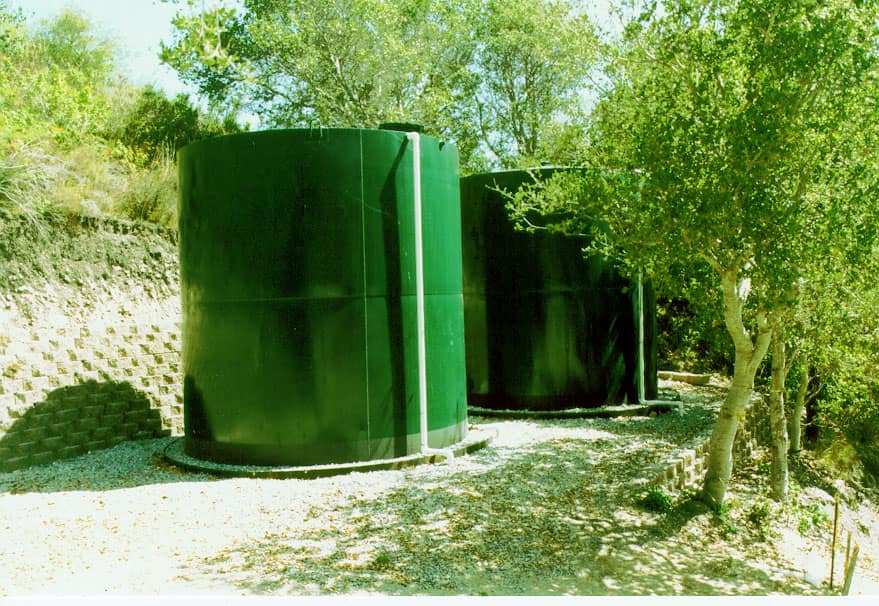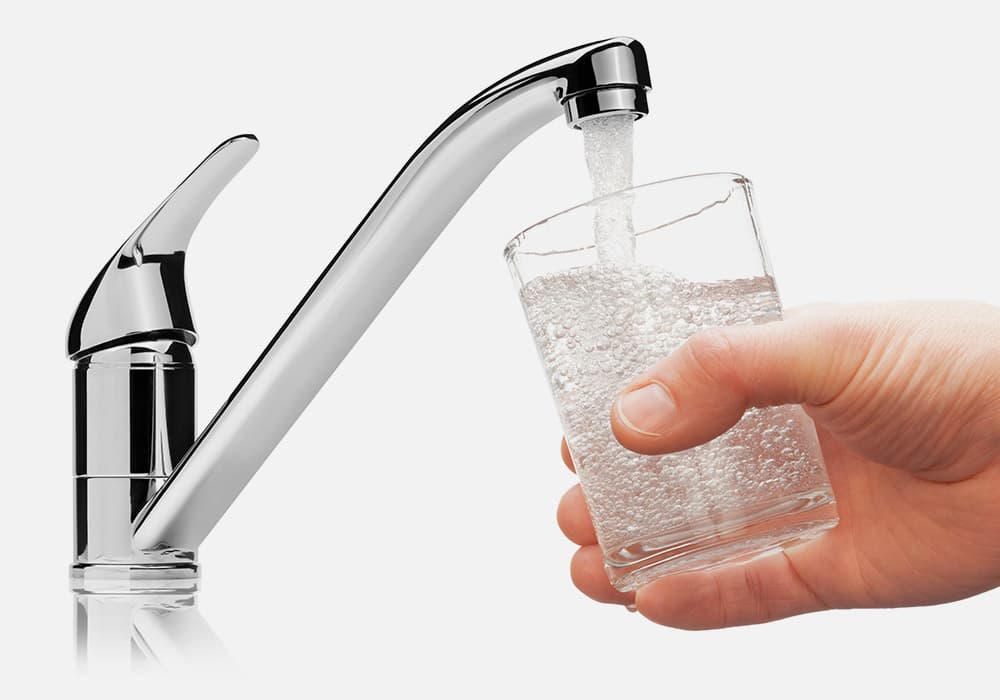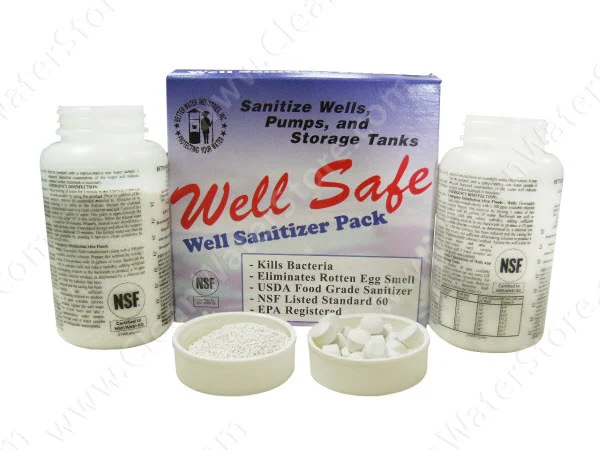Water Stains? How to Identify The Top 5 Stains

Identifying Common Water Stains
Water stains can manifest in various forms and colors, depending on the surface and the type of water that caused the stain. Here are some common types of water stains you might encounter:
- Hard water stains: These are caused by the high concentration of minerals in hard water and typically appear as white or off-white stains on surfaces like glass shower doors and faucets.
- Mineral deposits: These stains result from the buildup of minerals such as calcium and magnesium on surfaces, often appearing as yellow or brown stains on sinks and tubs.
- Water spots: These are caused by the evaporation of water on surfaces, leaving behind small, circular stains that can be particularly noticeable on glass and polished surfaces.
Removing Hard Water Stains
Removing hard water stains can be challenging, but several methods can be effective. Here are some tried-and-true tips for tackling those stubborn stains:
- Use a vinegar and water solution: Mix equal parts of white vinegar and water in a spray bottle. Spray the solution onto the stained area and let it sit for a few minutes. Then, gently rub the area with a microfiber cloth to remove the stain.
- Use baking soda: Make a paste with baking soda and water and apply it to the stained area. Let it sit for a few minutes before wiping it clean with a damp cloth. This method is particularly effective for tougher stains.
- Use a cleaning solution mix: Combine a few drops of dishwashing liquid with warm water to create a cleaning solution. Apply it to the stained area and let it sit for a few minutes. Wipe it clean with a microfiber cloth to reveal a spotless surface.
Tips from Cleaning Experts
Here are some expert tips for removing hard water stains effectively:
- Always test a small area first: Before applying any cleaning solution, test it on a small, inconspicuous area to ensure it won’t damage the surface.
- Use a microfiber cloth: Microfiber cloths are gentle on surfaces and can help to remove hard water stains without scratching.
- Avoid using abrasive cleaners: Abrasive cleaners can scratch surfaces and worsen hard water stains. Stick to gentle cleaning solutions.
- Use a vinegar and baking soda solution: This combination is highly effective at removing hard water stains and can be used on a variety of surfaces.
- Dry the area completely: After removing the hard water stain, dry the area completely to prevent water spots from forming. This step is crucial for maintaining a clean, stain-free surface.
By following these tips and using the right cleaning solutions, you can keep your home free of unsightly hard water stains and enjoy sparkling clean surfaces.
Reach out to us with any questions!
Want to learn more about identifying and treating common water quality issues? Visit CDC's Healthy Water – Household Water for tips on maintaining safe water in your home.
Frequently Asked Questions (FAQs)
1. What causes pink stains in my toilet or shower?
Pink stains are usually caused by airborne bacteria like Serratia marcescens, not the water itself. These bacteria thrive in moist environments with low chlorine levels. Regular cleaning with diluted bleach can help eliminate them.
2. How can I tell if the stains are from iron or manganese?
Iron usually causes red, rust-colored, or orange stains, while manganese causes dark brown or black stains. A water test can confirm the presence and concentration of these minerals.
3. Why does my well water leave black stains?
Black stains are often due to manganese or iron sulfide. If your water also smells like rotten eggs, hydrogen sulfide gas may be present. Testing for manganese, iron, and sulfates can help identify the issue.
4. What does blue staining indicate?
Blue or bluish-green stains typically come from copper pipe corrosion, often caused by acidic or highly mineralized water. Over time, this can lead to pinhole leaks. A pH and copper test can help diagnose the issue.
5. How do I prevent future staining from my well water?
The first step is accurate water testing to identify what’s causing the stains—iron, manganese, tannins, or pH imbalance. Based on the results, targeted treatment solutions like oxidizing filters, neutralizers, or softeners can be installed to prevent staining. Additionally, ensure that all surfaces are completely dry to avoid future water stains.













